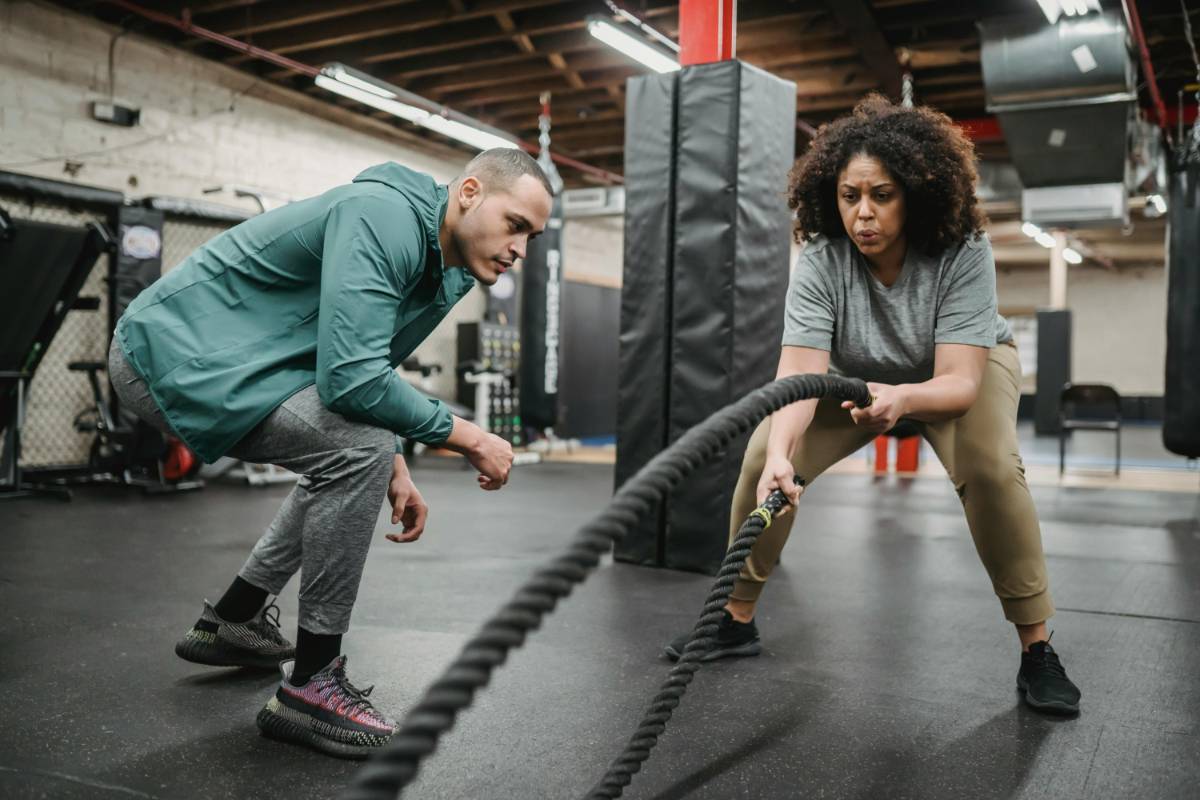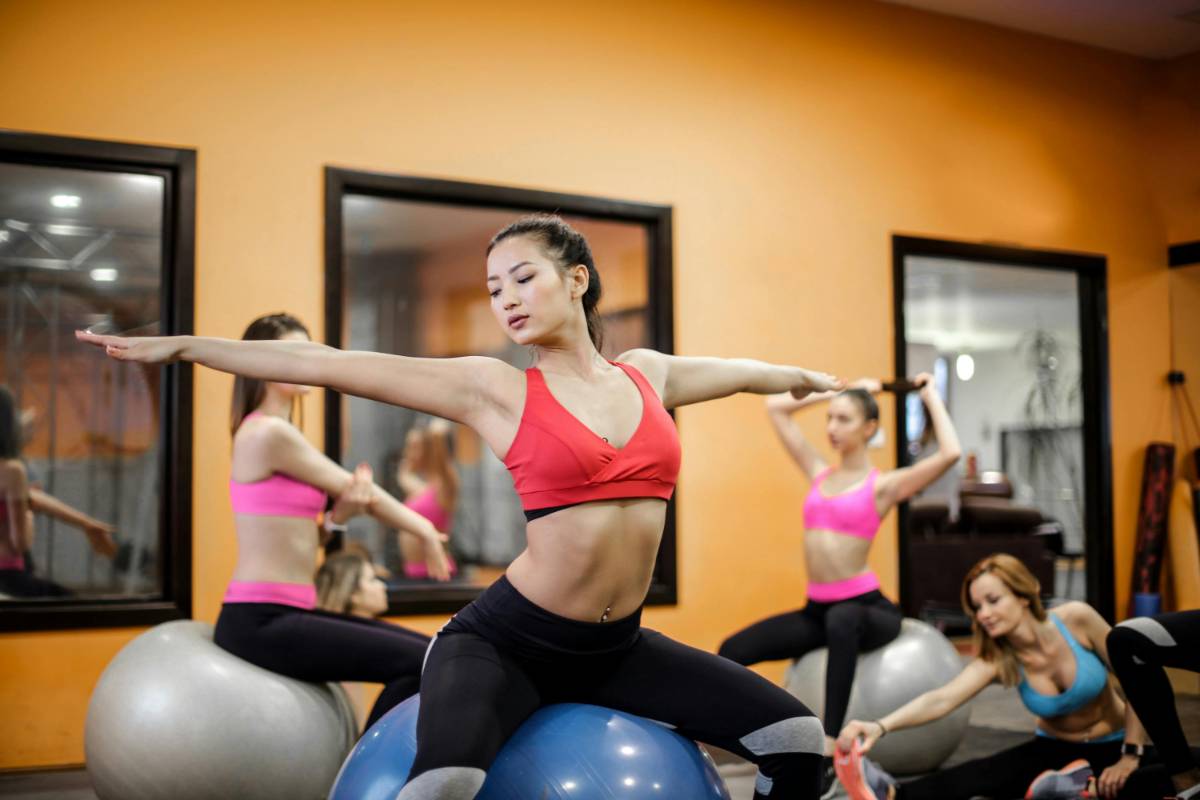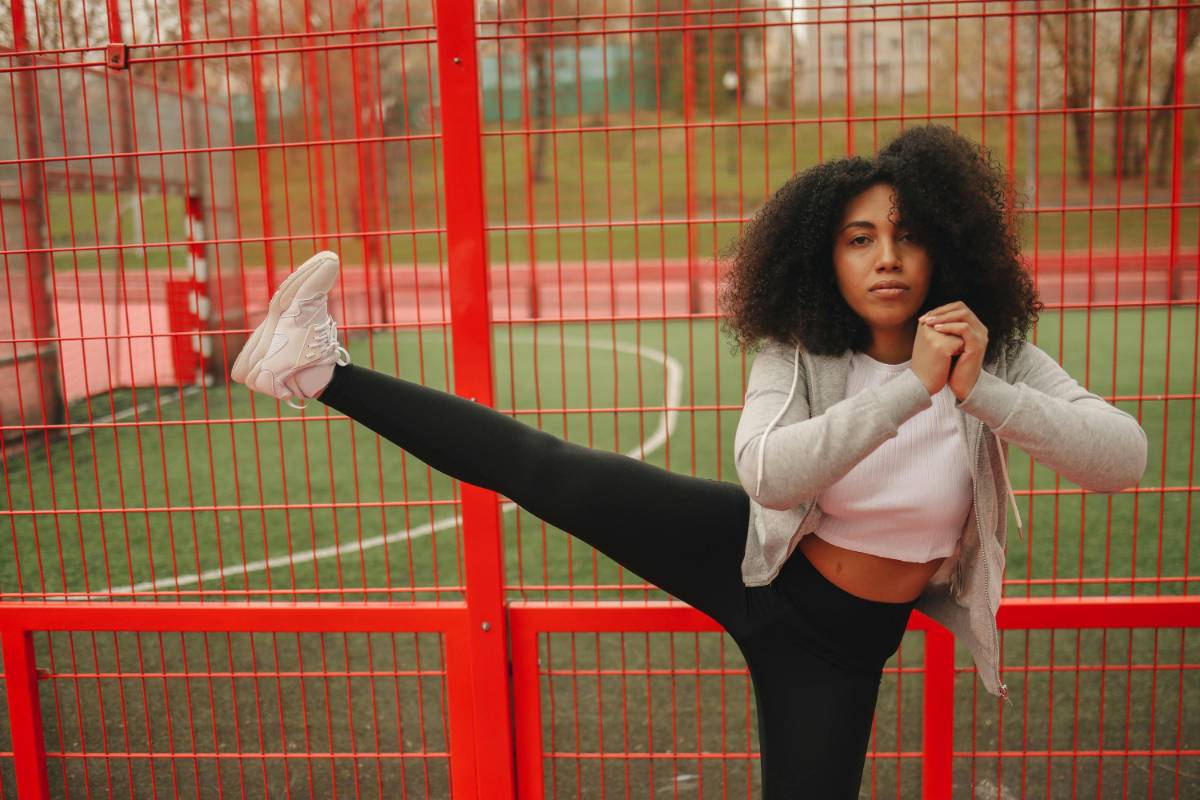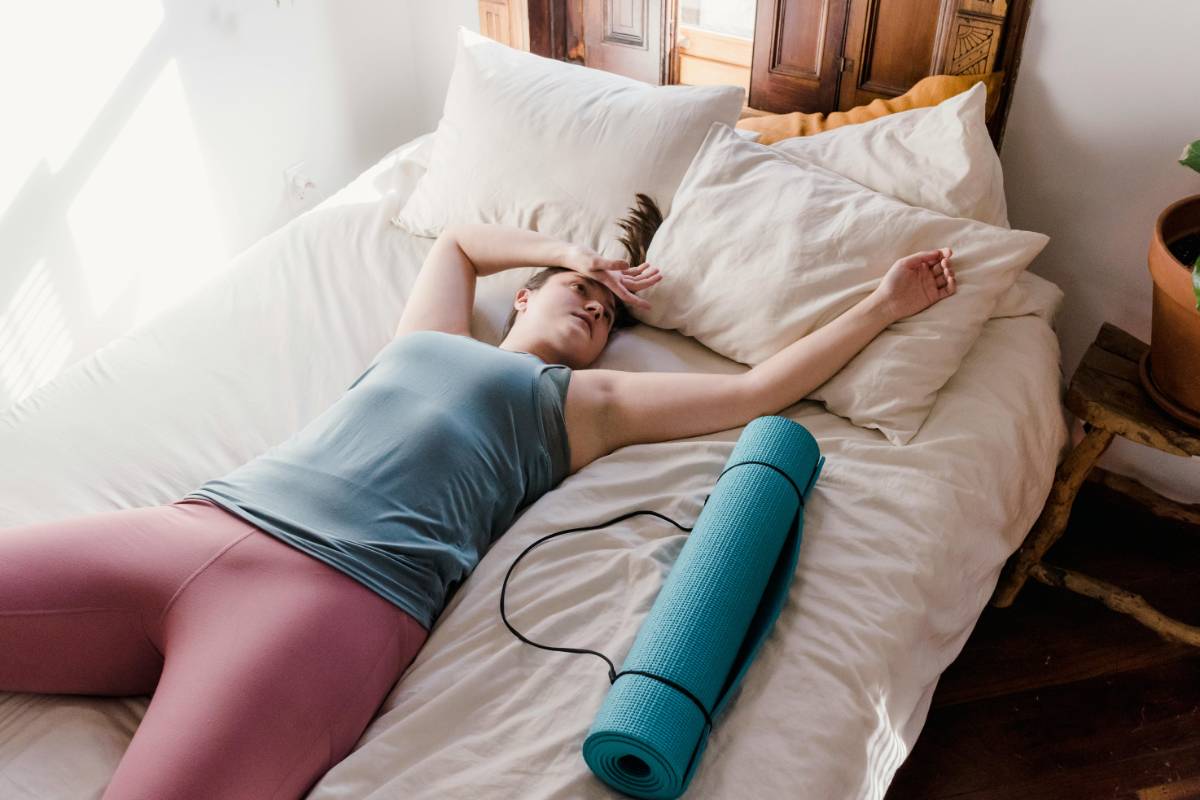Creating a Functional Training Routine for Beginners

4 min read
|31 Oct 2025Functional training focuses on exercises that improve your ability to perform everyday activities with greater ease and efficiency. For beginners, creating a functional training routine can seem daunting, but it’s a valuable approach to building overall strength and stability. In this article, we’ll guide you through creating a beginner-friendly functional training routine.
Understanding Functional Training
Functional training involves exercises that mimic real-life movements, targeting multiple muscle groups simultaneously. Unlike traditional weightlifting, which often isolates specific muscles, functional training emphasizes exercises that enhance coordination, balance, and overall body strength. For beginners, the goal is to start with basic movements and gradually build up complexity as you progress.
Getting Started
Before starting any new exercise routine, it's important to assess your current fitness level and set realistic goals. Begin with exercises that are manageable and focus on perfecting your form. As you become more comfortable, you can increase the intensity and complexity of your workouts.
Sample Functional Training Routine for Beginners
Here is a simple functional training routine that includes a variety of exercises to target different muscle groups and improve overall functionality:
Warm-Up
Start with a 5-10 minute warm-up to prepare your body for exercise. This can include light cardio such as brisk walking or jogging, and dynamic stretches to increase blood flow and flexibility.
Bodyweight Squats
Squats are an excellent starting point for functional training. They work the lower body and mimic the movement of sitting and standing.
How to Perform:
Stand with your feet shoulder-width apart. Lower your body by bending your knees and pushing your hips back. Keep your chest up and your back straight. Return to the starting position by pressing through your heels and straightening your legs.
Push-Ups
Push-ups are great for building upper body strength and improving core stability.
How to Perform:
Begin in a plank position with your hands placed slightly wider than shoulder-width apart. Lower your body towards the ground by bending your elbows while keeping your body in a straight line. Push through your hands to return to the starting position.
Lunges
Lunges help improve lower body strength and balance, which are crucial for various daily activities.
How to Perform:
Stand with your feet hip-width apart. Step one foot forward and lower your body until both knees are bent at about a 90-degree angle. Push off your front foot to return to the starting position and repeat on the other side.
Planks
Planks are a fundamental exercise for building core strength and stability.
How to Perform:
Start in a forearm plank position with your elbows under your shoulders and your body in a straight line from head to heels. Engage your core and hold the position for as long as you can while keeping your hips level.
Kettlebell Swings
Kettlebell swings provide a full-body workout and improve explosive power and endurance.
How to Perform:
Stand with your feet shoulder-width apart and hold a kettlebell with both hands. Swing the kettlebell back between your legs and then drive your hips forward to propel it up to shoulder height. Allow the kettlebell to swing back down and repeat.
Cool-Down
Finish your workout with a 5-10 minute cool-down to help your body recover. This can include light stretching and deep breathing exercises to relax your muscles and lower your heart rate.
Tips for Beginners
Start Slow: Begin with fewer sets and repetitions, and gradually increase as you build strength and endurance.
Focus on Form: Proper form is crucial to avoid injury and maximize the effectiveness of your exercises. Consider working with a trainer or using instructional videos to ensure correct technique.
Listen to Your Body: Pay attention to how your body responds to each exercise. If you experience pain or discomfort, modify the exercise or consult a fitness professional.
Stay Consistent: Regularity is key to progress. Aim for at least two to three functional training sessions per week to see improvements in strength and overall functionality.
Conclusion
Creating a functional training routine for beginners involves starting with basic exercises that improve strength, balance, and coordination. By incorporating a variety of movements and focusing on proper form, you can build a solid foundation for functional fitness. As you become more comfortable, continue to challenge yourself with new exercises and increased intensity to enhance your overall functional strength and performance.
MORE ARTICLES

4 min read | 14 Dec 2025
How to Include Functional Training in Your Fitness Regimen
Functional training focuses on exercises that mimic everyday movements, helping you build strength, stability, and coordination for real-life activities. Integrating functional training into your fitness regimen can enhance your overall performance and improve your ability to perform daily tasks. Here’s how you can effectively include functional training in your workout routine.

3 min read | 13 Dec 2025
The Benefits of Compound Exercises in Your Workout Routine
Incorporating compound exercises into your workout routine can significantly enhance your fitness results. These exercises target multiple muscle groups simultaneously, offering numerous benefits over isolation exercises that focus on a single muscle group. Here’s a closer look at the advantages of compound exercises and how they can improve your overall fitness.

4 min read | 12 Dec 2025
Tips for Staying Motivated with Your Workout Routine
Staying motivated with your workout routine can be challenging, especially when progress seems slow or life gets busy. However, maintaining motivation is crucial for achieving your fitness goals and making exercise a consistent part of your lifestyle. Here are some effective tips to help you stay motivated and committed to your workout routine.

5 min read | 11 Dec 2025
How to Adjust Your Workout Routine for Different Fitness Levels
Adjusting your workout routine to match your fitness level is crucial for achieving optimal results and preventing injury. Whether you are a beginner, intermediate, or advanced exerciser, tailoring your routine to your specific needs can help you progress safely and effectively. Here’s how to adjust your workout routine for different fitness levels.

3 min read | 10 Dec 2025
Sample Weekly Workout Routines for Different Fitness Goals
Creating a workout routine tailored to your fitness goals is essential for achieving success. Whether your aim is to build muscle, lose weight, or improve overall fitness, having a structured plan can help you stay focused and motivated. Here are sample weekly workout routines for various fitness goals to guide you in designing your personalized plan.

4 min read | 09 Dec 2025
The Importance of Rest and Recovery in Your Workout Routine
Rest and recovery are essential components of any effective workout routine. They play a crucial role in helping your body repair, rebuild, and strengthen itself after exercise. Understanding the importance of rest and incorporating it into your routine can enhance your overall performance and prevent injury. Here’s why rest and recovery are vital and how to integrate them into your workout plan.
RECENT POSTS
1
Creating a Daily Stretching Routine for Better Mobility
4 min read | 17 Oct 20252
Common Stretching Mistakes and How to Avoid Them
2 min read | 16 Oct 20253
Flexibility Routines for Athletes
4 min read | 15 Oct 20254
How to Use Foam Rollers for Improved Mobility
4 min read | 14 Oct 20255
Incorporating Pilates into Your Flexibility Routine
3 min read | 13 Oct 20256
Top 10 Stretching Exercises for Improved Flexibility
2 min read | 12 Oct 2025MORE POSTS

Mindful Eating: How to Avoid Overeating
5 min read | 11 Dec 2025
The Role of Exercise in Achieving Your Weight Loss Goals
4 min read | 10 Dec 2025
How to Create a Balanced Diet Plan for Weight Loss
2 min read | 09 Dec 2025
Effective Strategies for Sustainable Weight Loss
2 min read | 08 Dec 2025
Evaluating and Adjusting Your Weight Loss Plan Based on Tracking Data
5 min read | 07 Dec 2025
